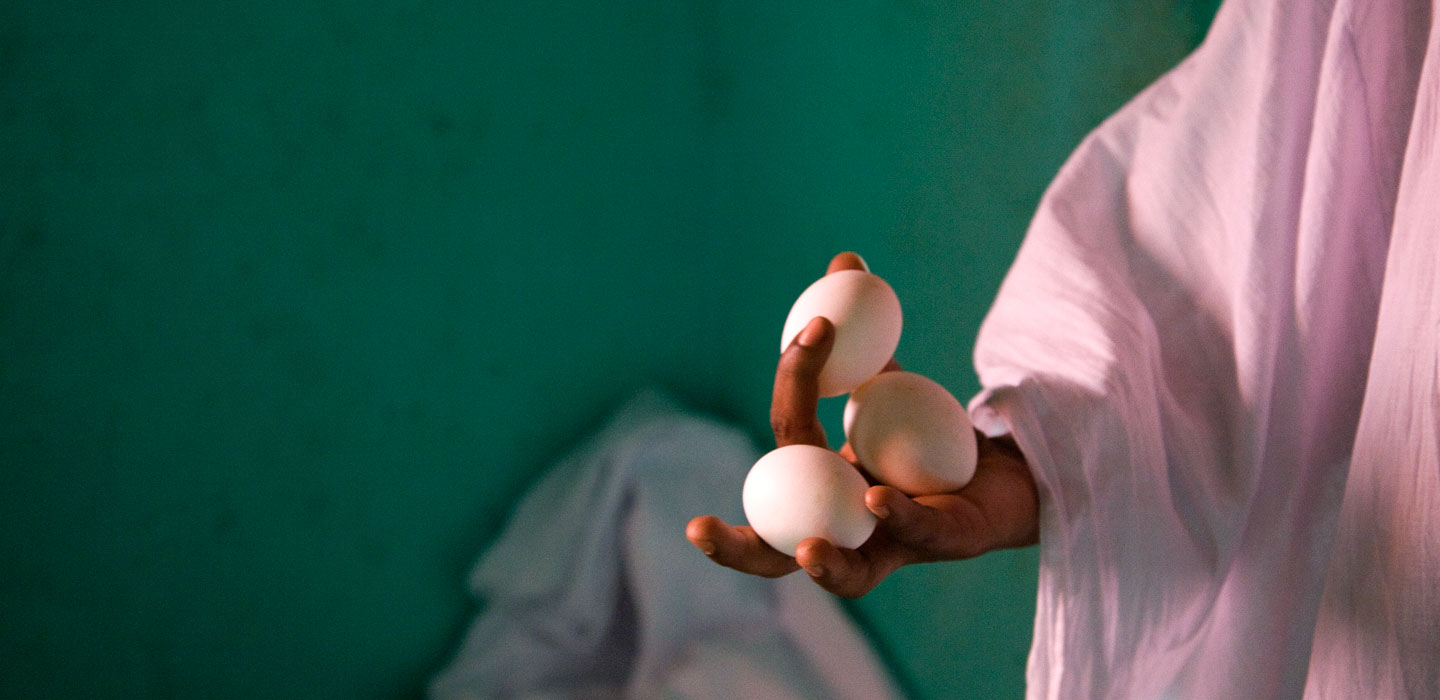Books
كتب وتقارير

كتب وتقارير
عرض القائمة
Search Results Filters
نتائج البحث
The linkages between migration, agriculture, food security and rural development
Understanding contemporary migration, both international and internal, remains a challenge. The decision by people to migrate either within their own countries or across borders is influenced by an intricate set of factors. This report examines the complex interlinkages between migration, agriculture, food security and rural development and the factors that determine the decision of rural people to migrate; including economic factors, employment opportunities, conflict, poverty, hunger, environmental degradation and climate shocks.
Agents of rural change: The IFAD story
The State of Food Security and Nutrition in the World 2017
This year’s edition of The State of Food Security and Nutrition in the World marks the beginning of a new era in monitoring the progress made towards achieving a world without hunger and malnutrition, within the framework of the Sustainable Development Goals (SDGs). Specifically, the report will henceforth monitor progress towards both the targets of ending hunger and all forms of malnutrition.
It will also include thematic analyses of how food security and nutrition are related to progress on other SDG targets. Given the broadened scope to include a focus on nutrition, UNICEF and the World Health Organization (WHO) have joined the traditional partnership of FAO, IFAD and WFP in preparing this annual report.
We hope our expanded partnership will result in a more comprehensive and integral understanding of what it will take to end hunger and all forms of malnutrition, and in more-integrated actions to achieve this critical goal.
Rural Development Report 2016: Fostering inclusive rural transformation
The 2016 Rural Development Report focuses on inclusive rural transformation as a central element of the global efforts to eliminate poverty and hunger, and build inclusive and sustainable societies for all. It analyses global, regional and national pathways of rural transformation, and suggests four categories into which most countries and regions fall, each with distinct objectives for rural development strategies to promote inclusive rural transformation: to adapt, to amplify, to accelerate, and a combination of them.
Transforming rural areas
is produced on small farms that are usually family-run. Yet it’s also true that 70 per cent of the world’s poorest people live in rural areas, where the lack
of opportunity is forcing many young rural people to leave their homes in search of work in overcrowded cities or abroad.
The state of food insecurity in the world 2015
was the formulation of the First Millennium Development Goal (MDG 1), established in 2000 by the United Nations members, which includes among its targets “cutting by half the proportion of people who suffer from hunger by 2015”.
In this report, we review progress made since 1990 for every country and region as well as for the world as a whole. First, the good news: overall, the commitment to halve the percentage of hungry people, that is, to reach the MDG 1c target, has been almost met at the global level. More importantly, 72 of the 129 countries monitored for progress have reached the MDG target, 29 of which have also reached the more ambitious WFS goal by at least halving the number of
undernourished people in their populations.